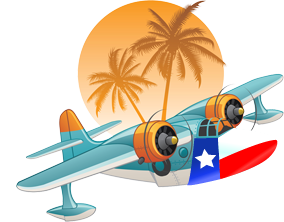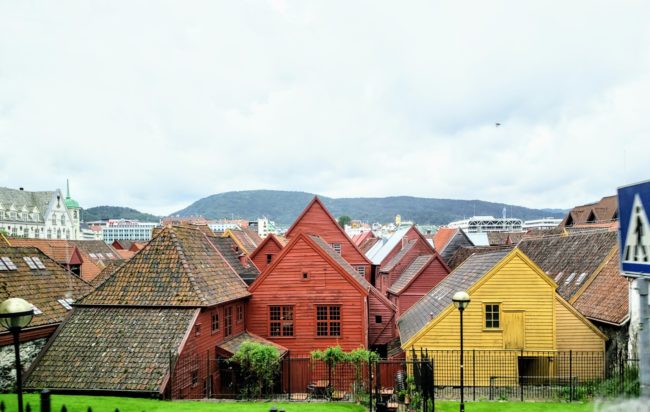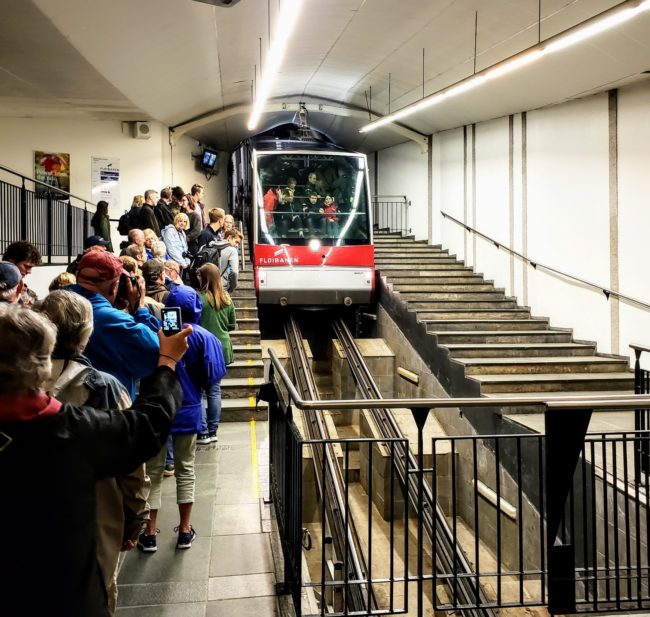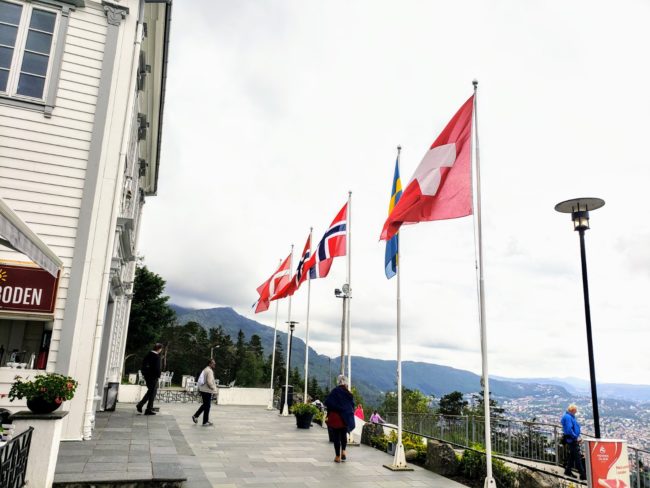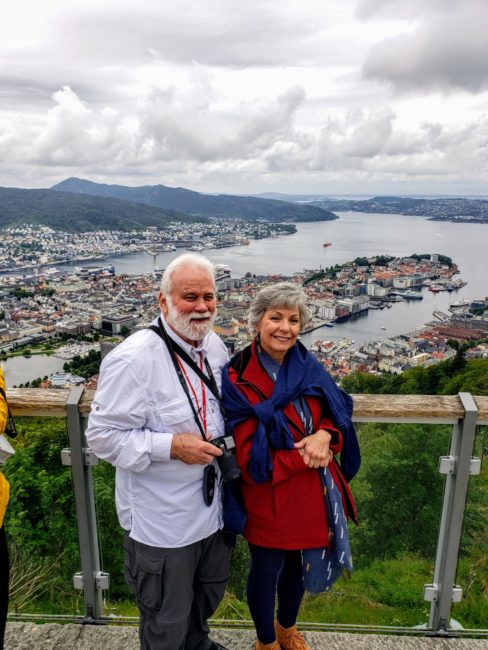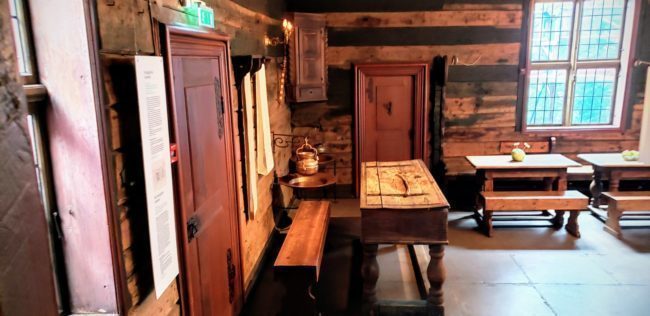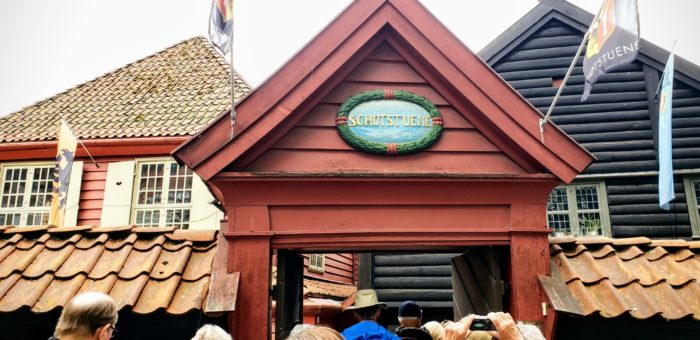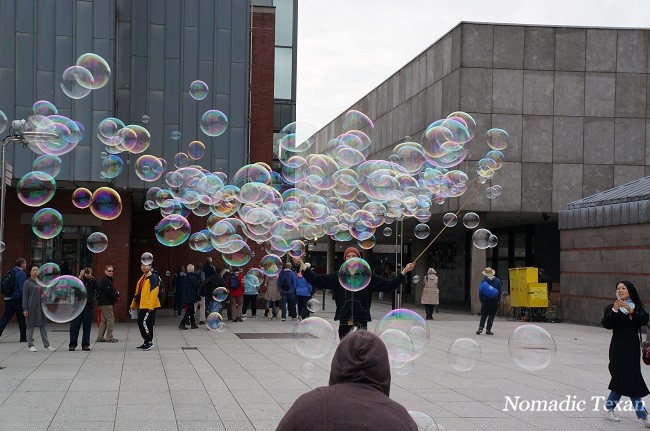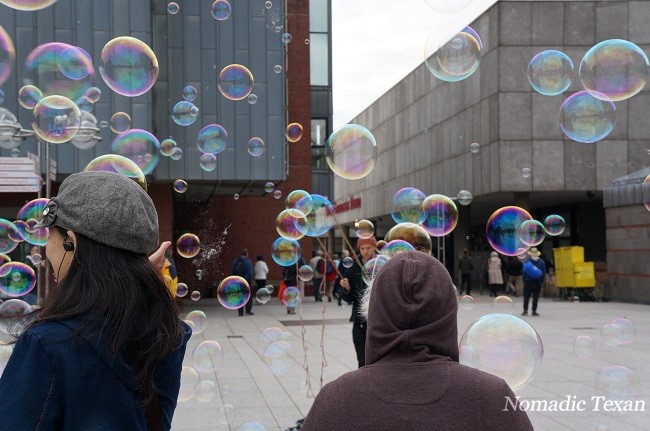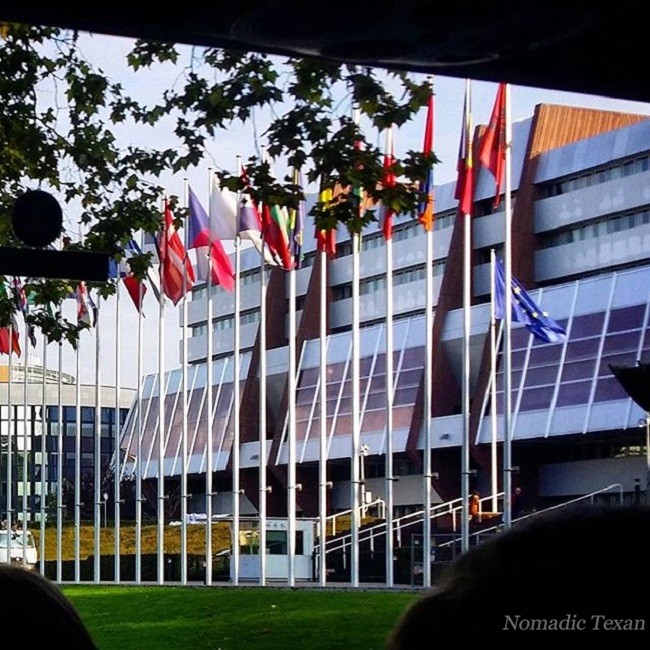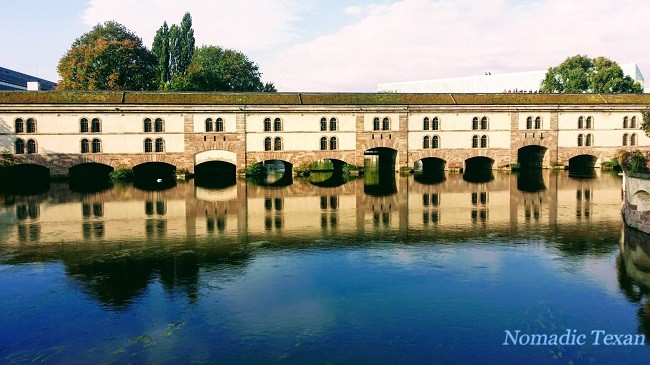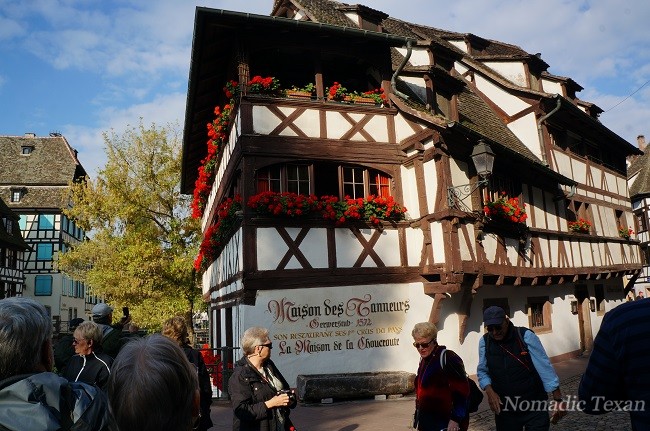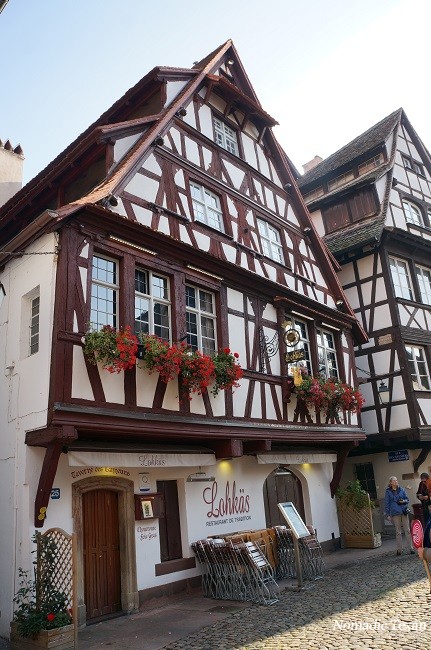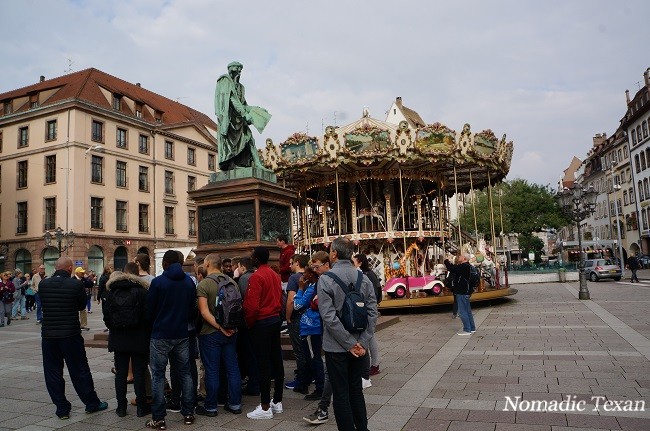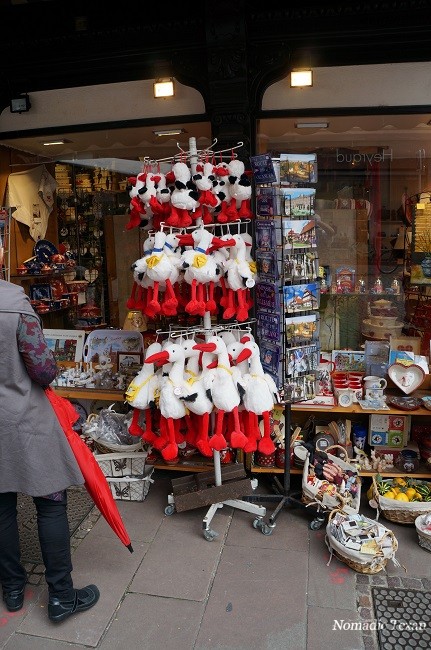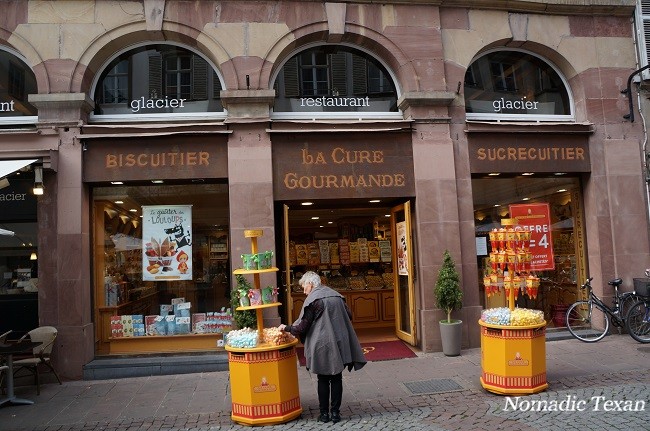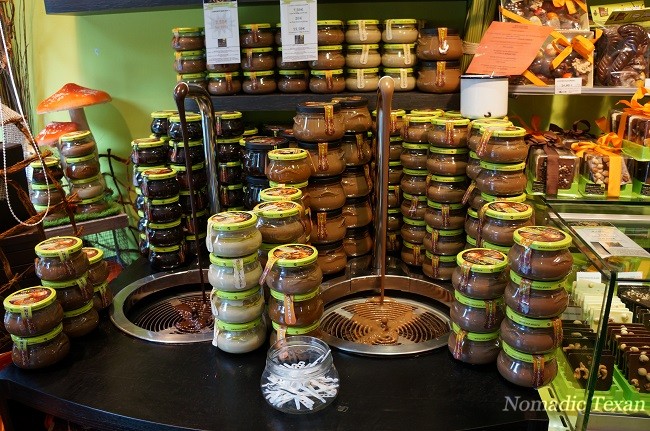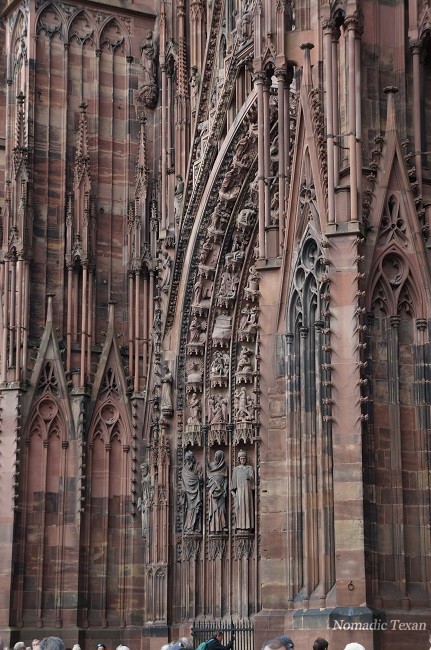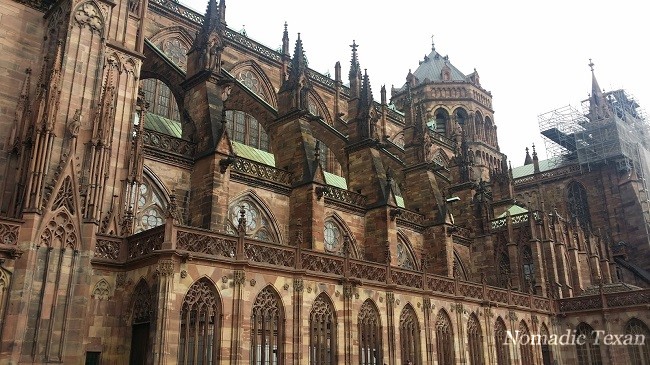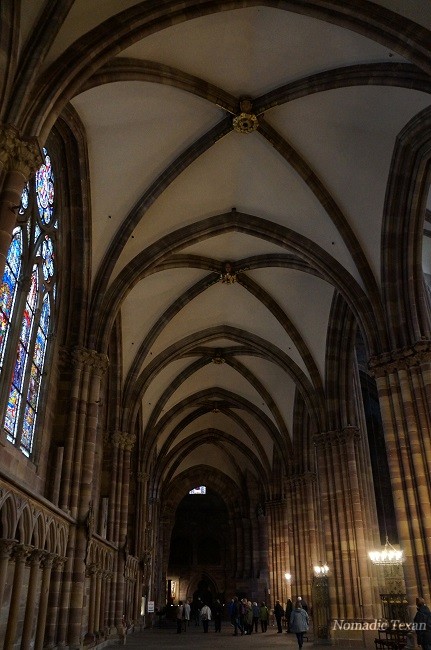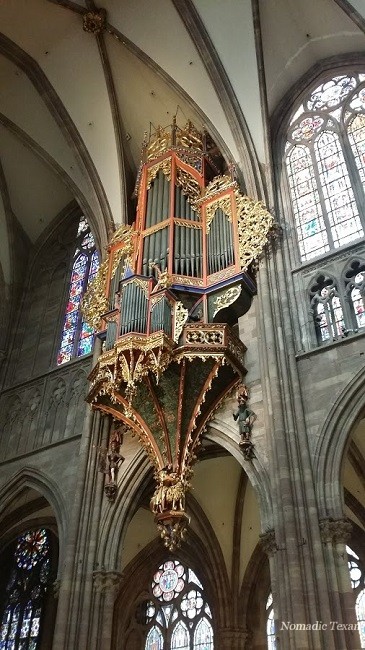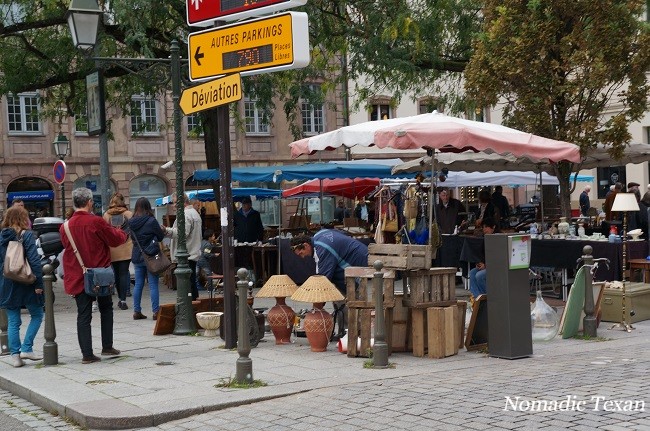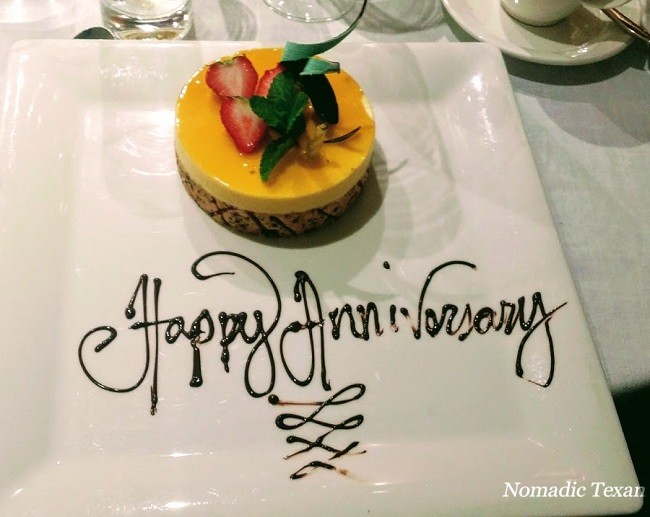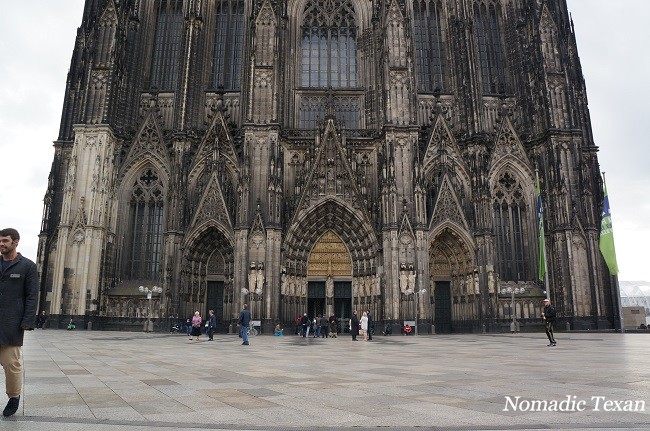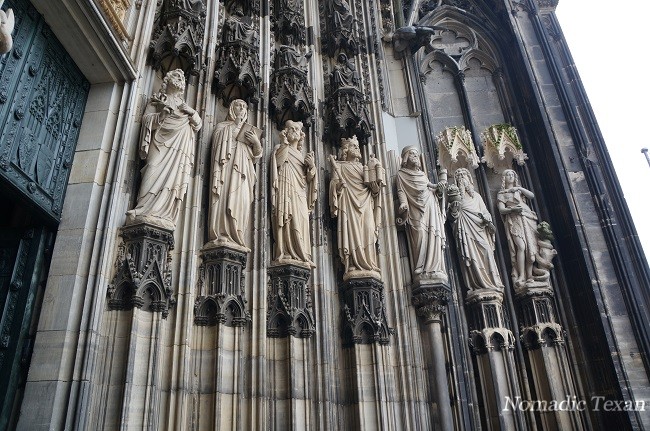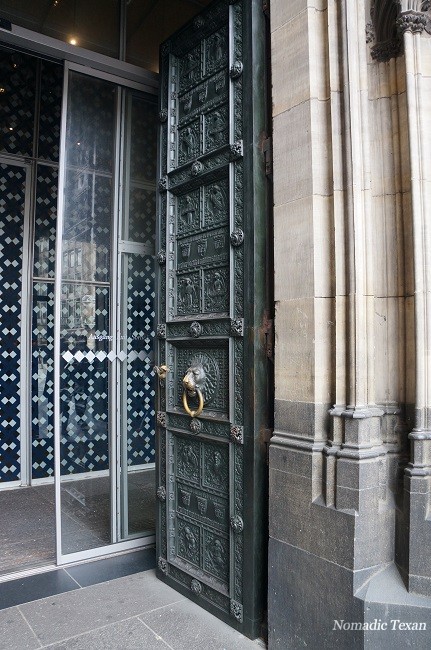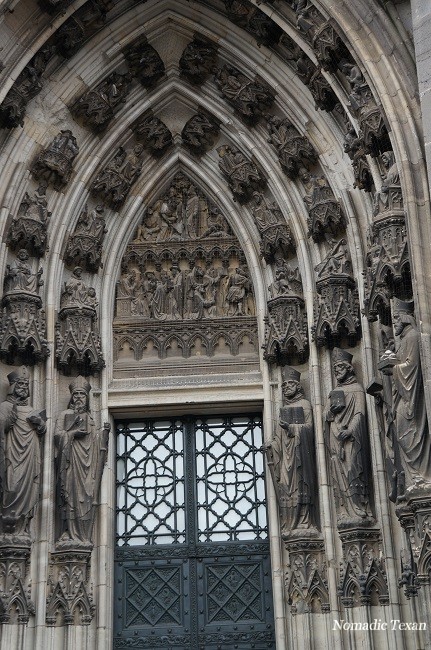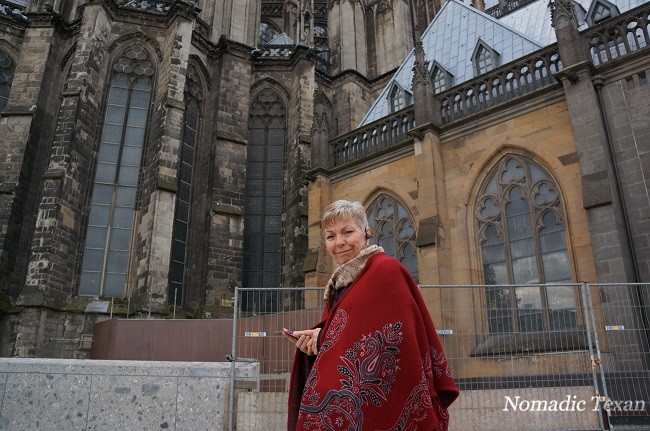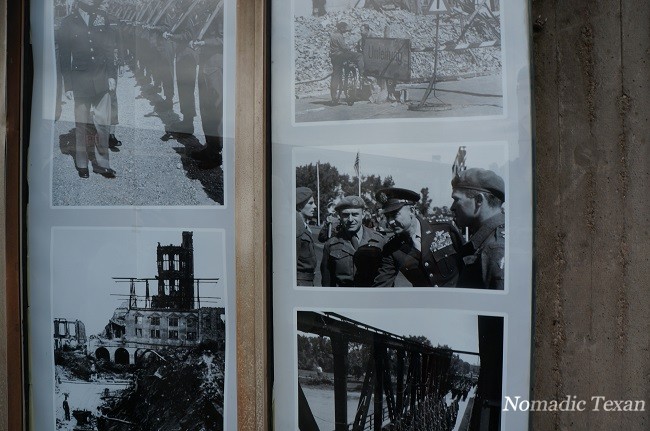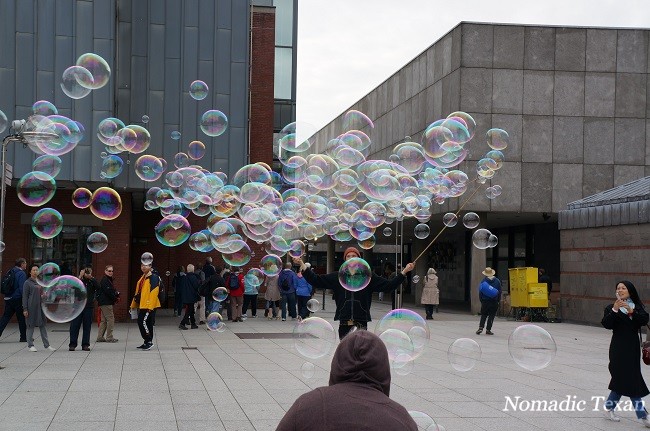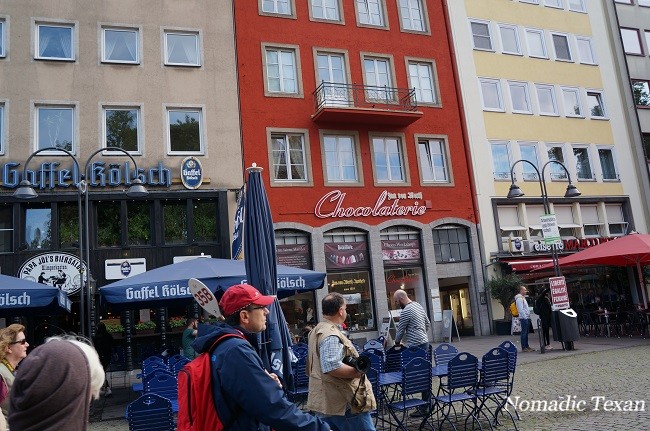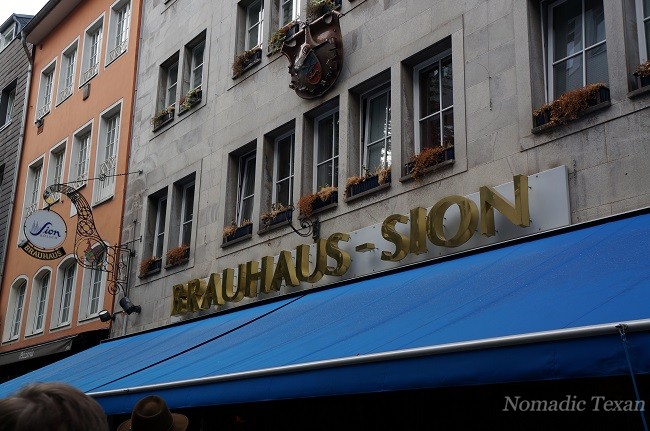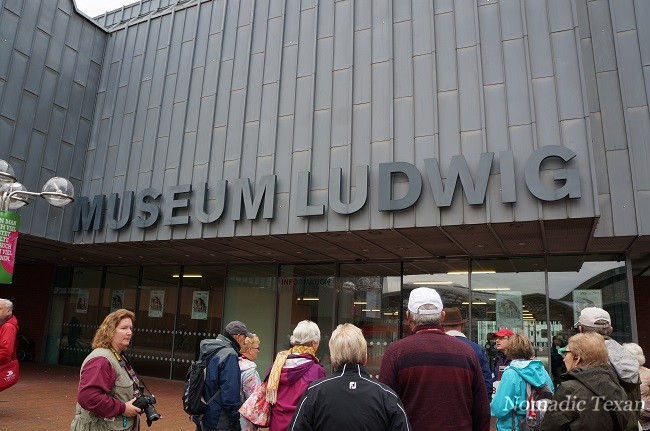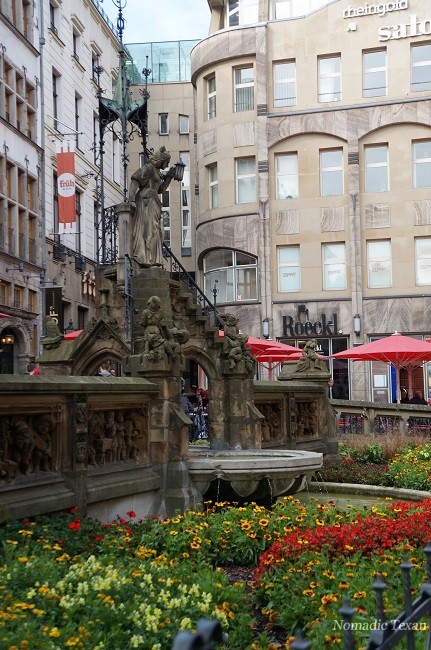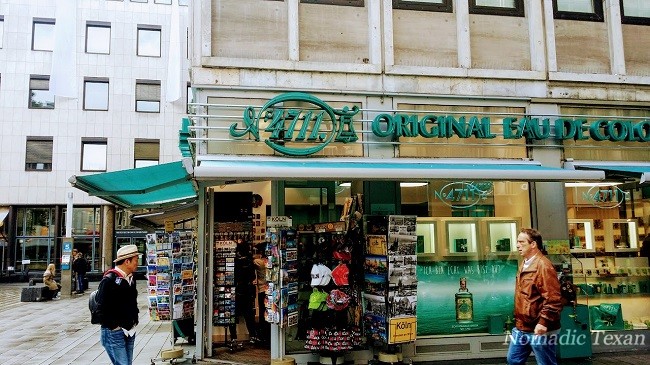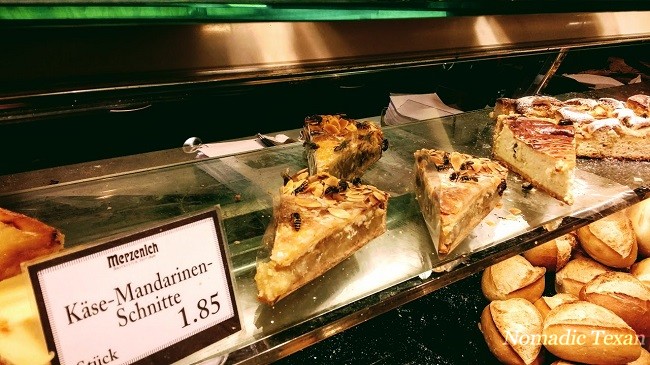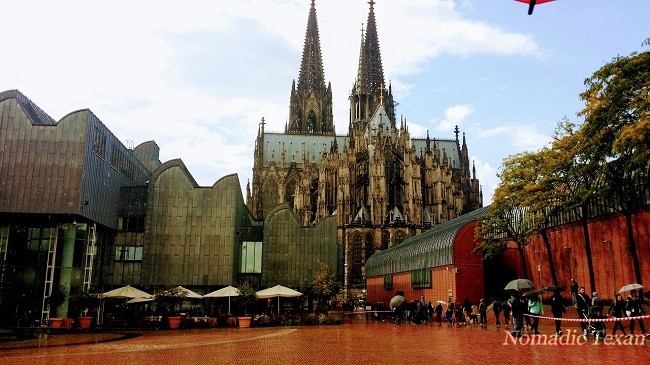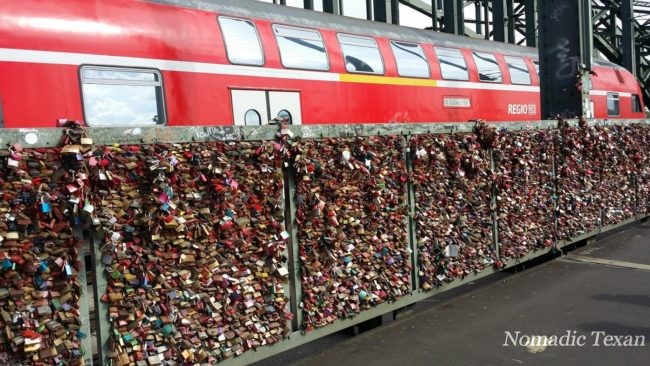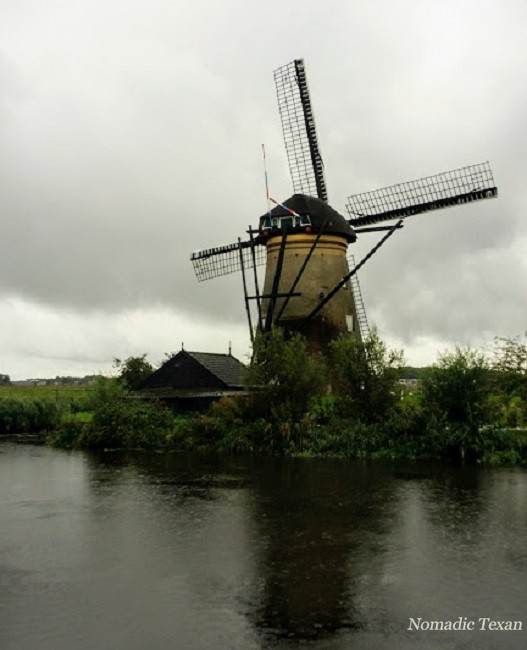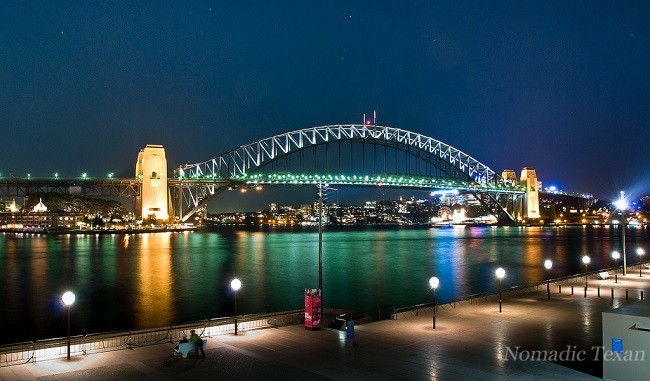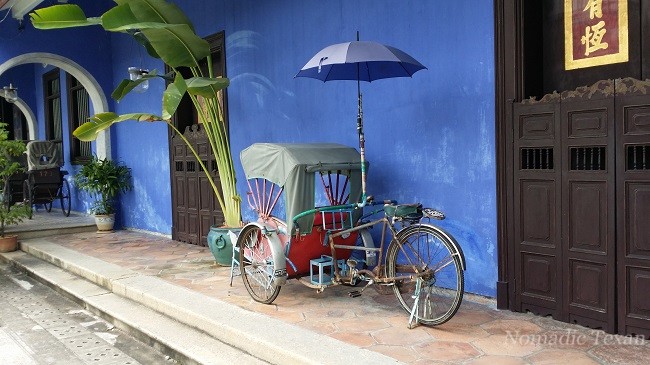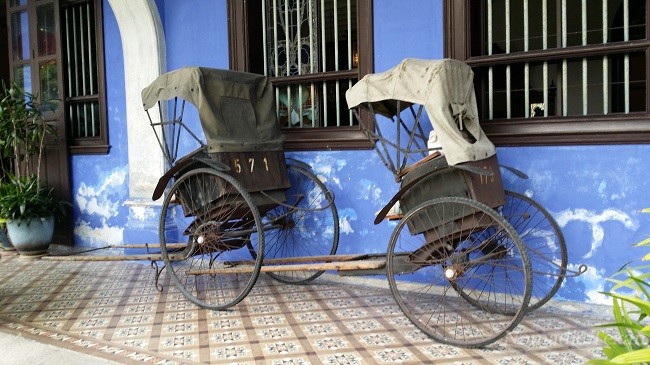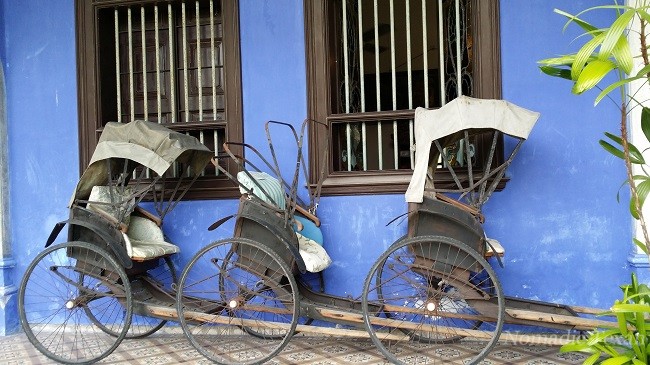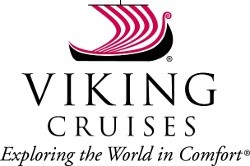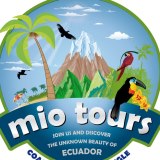Viking Ocean Cruise Into the Midnight Sun Post #3, Geiranger
I have traveled many places over my 56 years of traveling this world. I have to admit that none have been as strikingly gorgeous as Geiranger was with Viking Cruises. Obviously never having been to Norway and beginning with a Bob Dylan concert, I had no idea what to expect as we sailed into this small port in Norway. We cruised from Bergen north and along the coast we were close enough to see many structures and small communities such as this below. I have an 80 to 200 zoom lens for my Sony camera, so it was nice to pull these small towns into view.
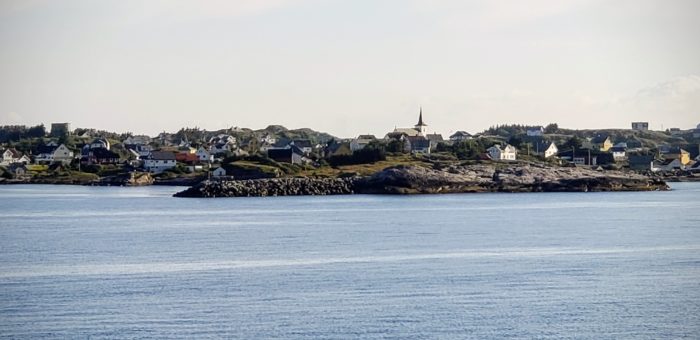
Coastal Town Between Bergen and Geiranger
Along the coast we passed so many waterfalls it was staggering. I’m guessing it was about 6:00 AM to 6:30 AM and we were having breakfast in our room with room service I believe, or taking advantage of the in room coffee maker. I couldn’t believe how stunning the coastline was. I’ve never seen this amount of waterfalls located close to each other including our many visits to Hawaii.
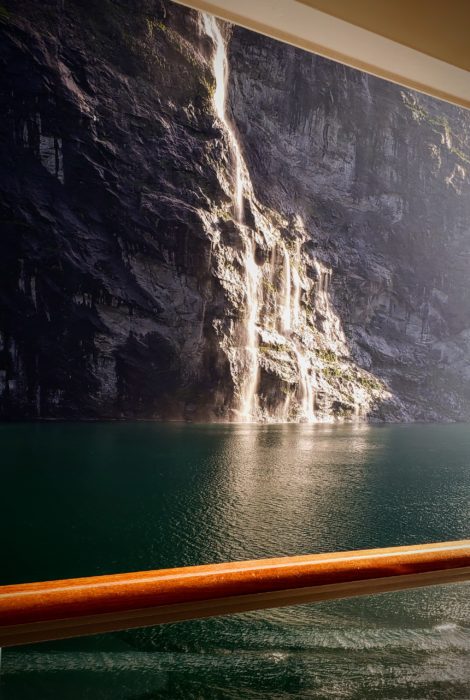
Waterfall on the Way to Geiranger
Just as we began to enter Geiranger Bay we passed this small village on the corner. I love European architecture related to farming and small townships. It brings back memories of my youth and helping on my Grandfather’s farm in Kansas. That was most assuredly very hard work, but there is a rewarding feeling when you complete this type of physical labor. I had no way of knowing as we turned into the bay what lay ahead or how beautiful the bay and Geiranger Fjords were going to be.

Small Town Going Into Geiranger Fjords
This would be our first of several Tender experiences while aboard the Viking Sun. I have to be honest and say how unsettling my thoughts of riding these water taxis into shore were. The mind plays games with one and I was concerned I might be claustrophobic or become seasick by the rocking of these small boats. My fears were soon belayed as the process was totally organized and without issue.
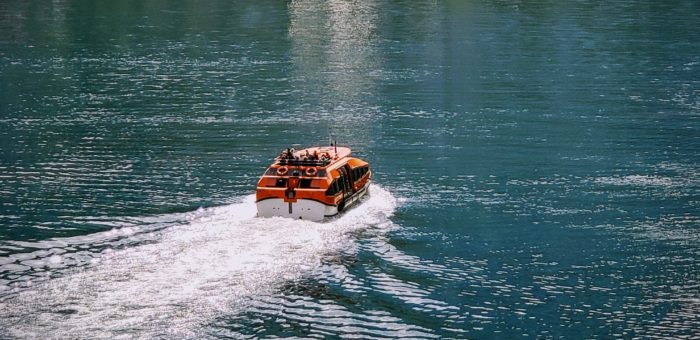
Tender to Shore in Geiranger
There it was. Geiranger Bay appeared to be a very lovely port and one that photographers would drool over. How little did I realize how oversimplified my thoughts were. Each evening prior to the various ports, the cruise director and ship operations managers would convey their knowledge and views of each port we would be touring the next day. This was invaluable to Kim and I as we combined this with the daily newsletters to resolve our plans for each days’ itinerary.

View of Geiranger from the Viking Sun
The primary focus of their talk for Geiranger was the eleven switchbacks that everyone riding the buses to the top would endure. I was actually fearful that the constant turning might make me sick to my stomach. I am very hesitant to ride in the back seat of an automobile, especially on very warm days. I tend to become deathly sick at my stomach. We disembarked and went ashore without any unpleasant consequences.

Moose and Whale Sausage for Sale in a Geiranger Gift Shop
We had to wait a few minutes for our tour bus and for the guides to set up. We decided we should visit the gift shop and see what was available. With thoughts of stuffed animals for our two year old grandson we entered the store. To our surprise it was filled with different Norwegian foods and the traditional wool winter clothing from Dale of Norway. Their designs are fairly well known throughout the world. I was dumbfounded to discover the shop sold both Moose and Whale sausage. I am comfortable experimenting and tasting new foods, but without a method of maintaining refrigeration we couldn’t think about buying any moose sausage. I don’t think I could eat the whale sausage!
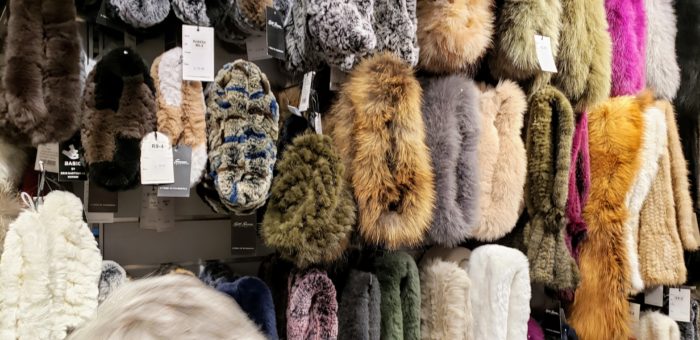
Faux Fur Hats for Sale in a Geiranger Gift Shop
Given the pricing, which in all cases was extreme, I am pretty sure the fur accessories were all faux goods. As a rule in Norway goods of all kinds are very expensive as Norway has the fourth highest cost of living country in the world behind the Cayman Islands, Bermuda and Switzerland in that order. We were astonished by the pricing structure in this country.
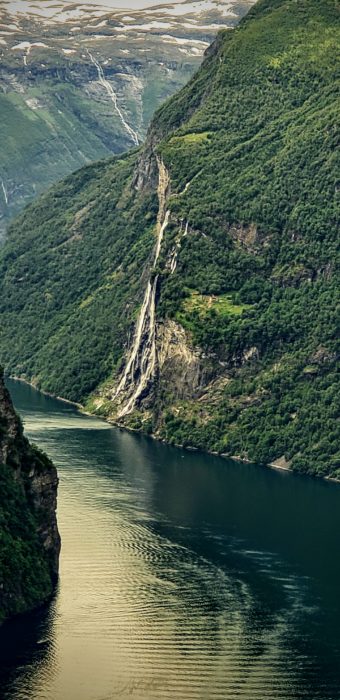
Seven Sisters Waterfalls
After maneuvering several switchbacks in the bus we stopped a pullout and were able to take photos of several waterfalls. One of the more popular set of falls is the “Seven Sisters” waterfalls. They are among the most photographed waterfalls in Geiranger Fjords. They have a fall of over 800 feet a year. Legend has it that that the “Seven Sisters” were all unmarried, and the waterfall on the other side of the fjord has been called “The Suitor” after several unsuccessful attempts to court the sisters. The Seven Sisters falls are about 6.5 kilometers or four miles west of Geiranger and are part of the UNESCO World Heritage Site.
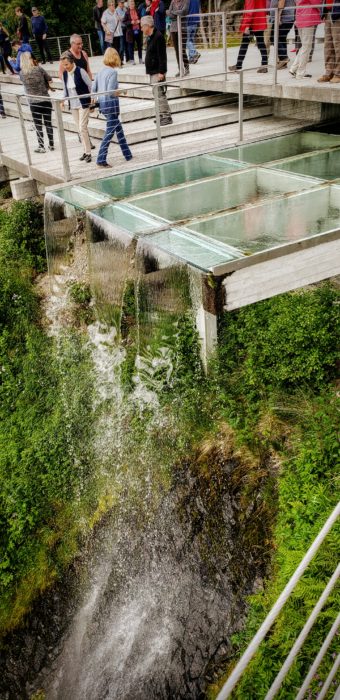
Waterfall Around the Fjord from the Seven Sisters Waterfalls Pullout
This support under a free flowing waterfall near the Seven Sisters Waterfalls, was very interesting with its platform that flowed over the glass structure. It was constructed to insure soil erosion was kept to a minimum. I thought it was unique and warranted a photograph and inclusion in the blog post.
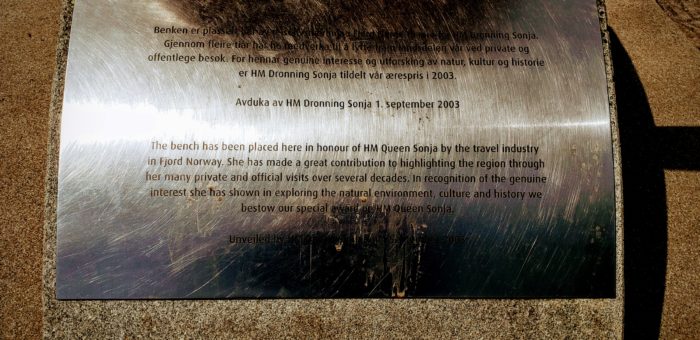
Queens Chair
Queen Sonja of Norway is the wife of King Harald V since January 1991. The Queen was awarded a chair to recognize her work in Fjord tourism with both personal and private visits to this area. This is highlighted in the verbiage on the chair’s plaque above. She and I have something in common. We have both sat in the chair only once!
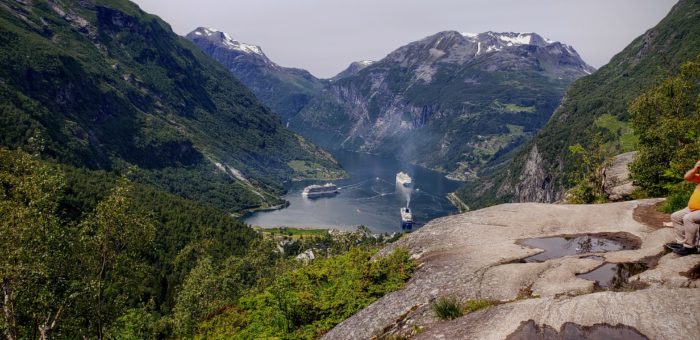
Geiranger Bay from the Queens Chair Overlook
Queen Sonja is a passionate mountain hiker and HM Queen Sonja’s Panoramic hiking trail was named in her honor. This is one of her favorite hikes in the Hardangerfjord region. The trail is in the soaring mountains between Kinsarvik and Lofthus. It offers magnificent fjord views. The hike is both long and difficult with an extreme decline in to Lofthus. You will walk through forests, mountains and plush orchards. Follow the dirt road from Røte up to Heng at 750 meters above sea level. From here the trail is marked with blue Ds, The Norwegian word for Queen is Dronning.
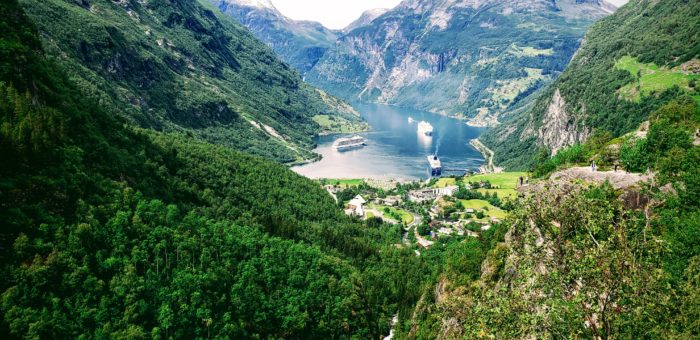
View from the Higher Up Geiranger Fjords with the Queens Chair on the Right
From the Queen’s chair we drove a little farther up the mountain. We stepped off the bus and walked to an overlook. What I saw literally took my breath away. It is, without a doubt one of the most magnificent views I have ever seen. Looking out over the Geiranger Fjord bay was mesmerizing and I definitely knew this was a special place. I fought to keep my emotions under control. I know that everyone who has experienced this view will agree. It rewards you with a memory of a lifetime. I think I was actually drooling all over my beard at one point. I will never forget the view!
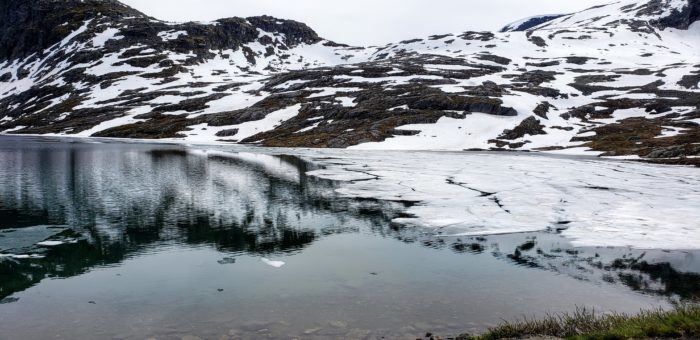
Ice Pools on Top of Geiranger Fjords
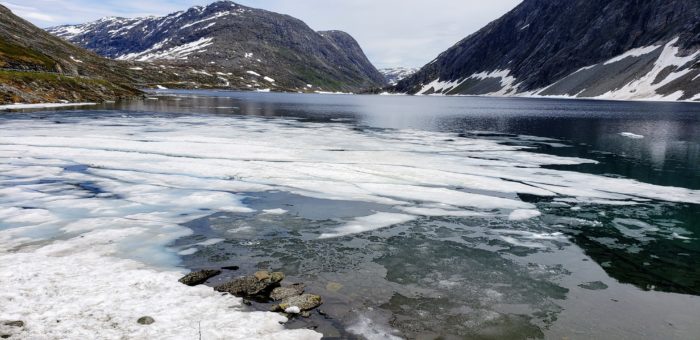
Ice Pools at the Top of Geiranger Fjords
We drove another few minutes to the top of Geiranger Fjord where a cafe and gift shop exists. We finally were above the tree line and the snow was evident across the mountains of slate. Behind the cafe was a frozen lake with beautiful waves of ice and snow combined. Hopefully it is translated through my photos. It was gorgeous, if not blinding!

Ice Pools on Top of Geiranger Fjords
As we were sailing to Lofoten, the cruise director made an announcement. She told us to look to the Starboard side and grab our cameras. We were passing this globe, which represents the Artic Circle. I was thrilled to have captured the moment with my zoom lens. The small structure alongside the globe is a lighthouse I assume. We passed several of these along the coast of Norway. I would not want to navigate these treacherous waters without the aid of lighthouses after dark. While on this cruise, it’s a good idea to have the contact information for a cruise ship attorney, such as the one at https://www.aronfeld.com/practice-areas/cruise-ship-injuries/, just in case.
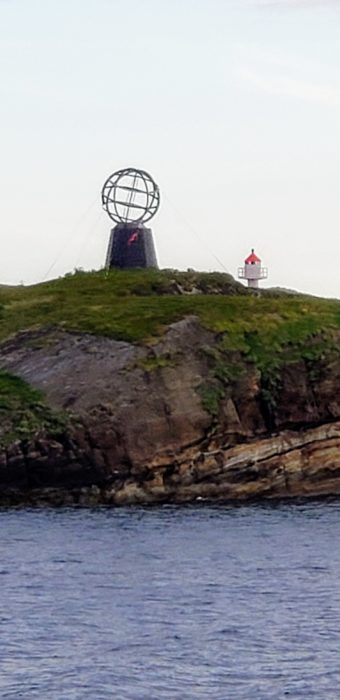
Passing the Artic Circle After Geiranger Fjords
There is a ceremony on cruise ships that initiates one into the Blue Nose Society as is illustrated below. You have to get into the freezing water and emerge having a blue slushy concoction placed on your nose. After a bad experience exiting a Sauna in the Men’s Spa and getting into the mandated freezing water I declined. This act almost caused my second heart attack and I didn’t want to take any chances.

Blue Nose Ceremony for Crossing the Artic Circle
I may have not communicated this well enough, but this particular port was definitely one of my favorites on our Into the Midnight Sun cruise. Onward to Lofoten home to breathtaking jagged peaks and sheltered bays!
*** Portions of our cruise were sponsored by Viking Ocean Cruises. All opinions, as always, are those of my own.
